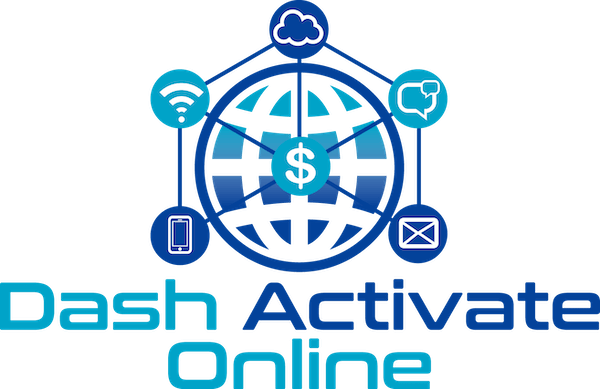Meta’s advertising strategy has undergone a significant shift. It’s no longer just about pushing products to users based on what the algorithm knows about them—it’s about pulling users into categories they’re already exploring, leveraging intent signals in real time. This pivot has major implications for brands trying to convert attention into sales, and it all came to light for me in a rather… meaty experience.
Meta’s Shift from Brand to Category: My Experience
I’m a guy who saves a lot of cooking videos on Instagram—nothing out of the ordinary. But recently, Meta decided that my interest in cooking equates to being in the market for fresh red meat. Almost overnight, I started seeing story ads from Good Chop and ButcherBox, back-to-back. For context, this was the first time I’d ever seen story ads from these brands.
If I were Good Chop, I’d be thinking, “Meta, I’m paying you to help me sell stuff, but you’re also showing my competitor’s ad right next to mine?” And if I were ButcherBox, I’d feel the same way. Meta doesn’t seem to care which brand I choose. It only cares that I’m in the market for fresh meat and is throwing its best tools at me to make sure I convert somewhere.
This isn’t just my experience—it’s part of a broader trend in how Meta approaches advertising.
Lesson 1: Offers vs. Benefits at First Touchpoints
One key takeaway for brands: you need to decide whether your ads should focus on offers or benefits at the first touchpoint. Increasingly, Meta is using Instagram Stories as the first interaction users have with a brand, so this distinction is critical.
Let’s break down the two ads I saw:
- Good Chop: Their story ad led with a compelling offer—”Free ribeyes for a year.” It’s a bold promise, but one that made me think more about the offer than the brand itself.
- ButcherBox: They piled on the details—”Free ground beef for a year,” plus highlights like grass-fed beef, no antibiotics, and premium quality. While informative, it felt like too much information for a story ad, which is inherently quick and fleeting. These benefits might work better on a static feed post where users have more time to process.


Between these two approaches, one ad is bound to have a higher conversion rate (CVR). Brands should test to find out whether their audience responds better to enticing offers or the intrinsic benefits of their product—but not both at once.
Lesson 2: The Rise of Pull Marketing on Meta
Meta is gradually shifting from push marketing to pull marketing—a move Google has mastered over decades. Here’s the difference:
- Push Marketing: Creating demand by introducing new people to new products. For example, a Lovesac ad in 2017 might’ve targeted someone who just moved into a new apartment with a flashy bean bag chair ad. The goal was to get them to want something they didn’t know they needed.
- Pull Marketing: Capturing demand by targeting people who are already in the market for a product. If you’re actively searching for fresh red meat, Meta’s goal isn’t to push you into the category but to pull you toward the most enticing offer.
This subtle but significant shift has a big impact on how brands should approach their campaigns. Instead of focusing solely on creating demand, brands need to recognize that Meta is increasingly serving ads to users with existing intent and is optimizing for offers that will close the deal.
Key Takeaways for Brands
- Prioritize First-Touchpoint Strategy: Decide whether your initial ad focuses on a bold offer or the unique benefits of your product. Meta’s use of Stories as a first touchpoint means you have only seconds to make an impression—don’t waste it with too much information.
- Adapt to Pull Marketing Dynamics: Understand that Meta is evolving to prioritize intent-driven ads. If your audience is already in the market for your category, focus on creating the most irresistible offer, not just awareness.
- Test and Learn: Every audience and product is different. Run experiments with both offer-driven and benefit-driven ads to find what resonates most. Use Meta’s real-time feedback loops to refine your strategy.
Meta’s advertising tools are constantly evolving, and these shifts aren’t just tweaks—they’re a redefinition of how brands connect with consumers.
As marketers, the goal is to understand these changes and adjust our strategies accordingly. Whether it’s steak or something entirely different, the brands that adapt to this pull-marketing era will thrive.





